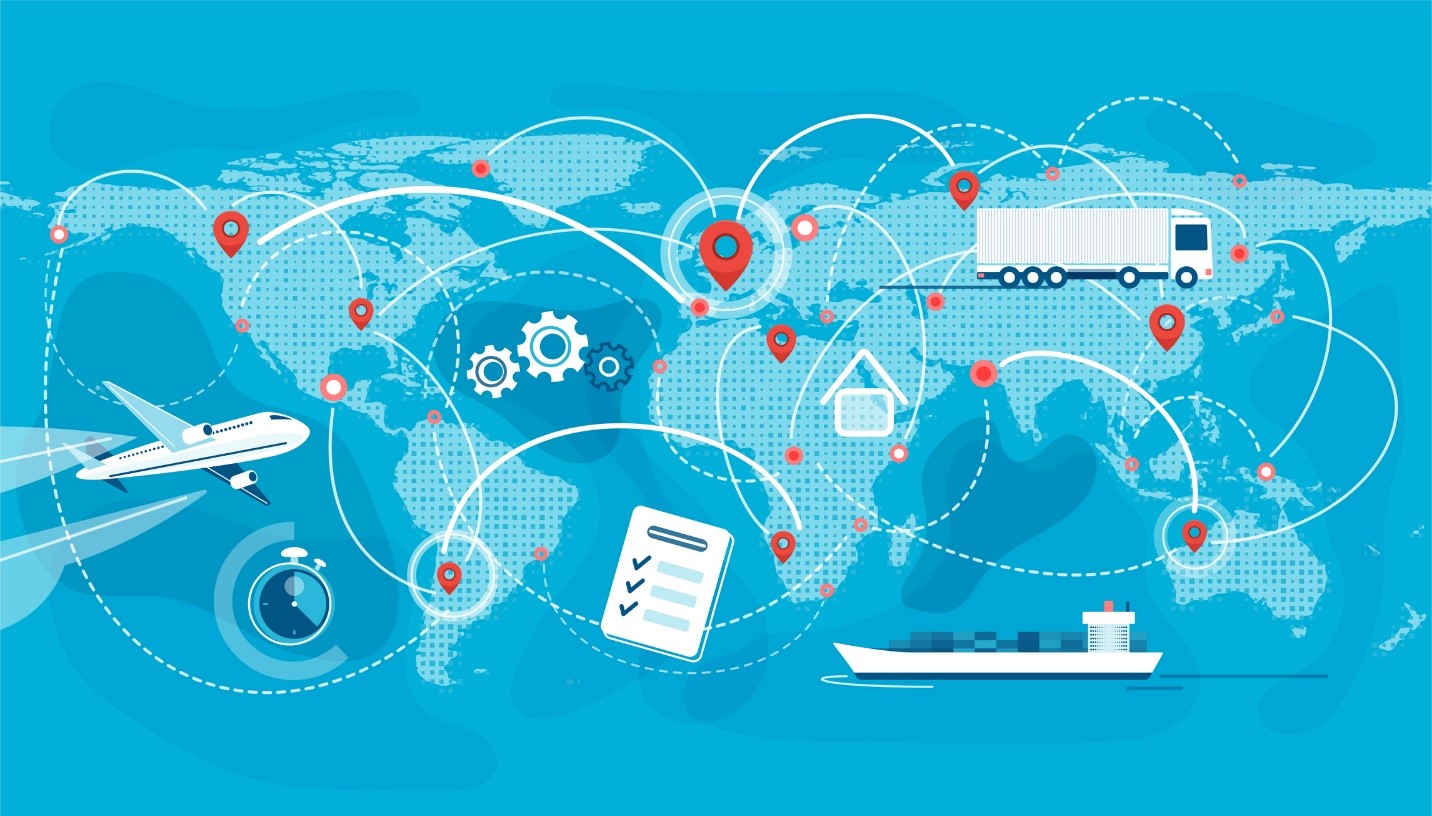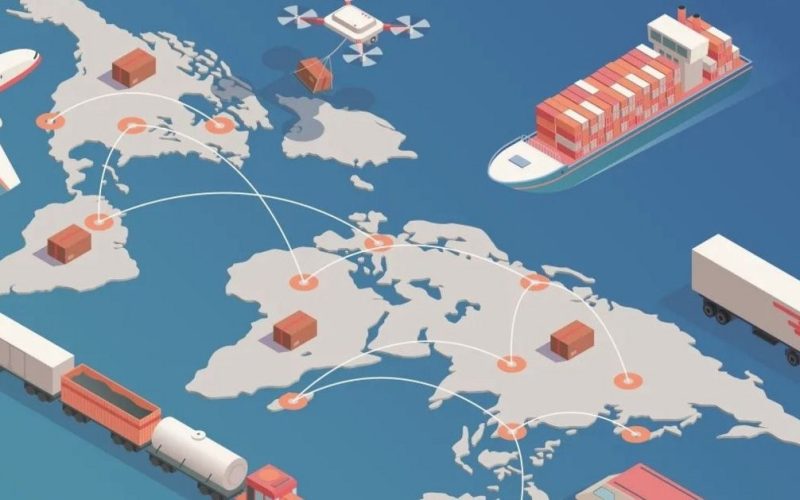Global Supply Chain Disruptions: Causes and Solutions
In recent years, global supply chain disruptions have become a significant concern for businesses, governments, and consumers alike. These disruptions have led to shortages of essential goods, increased costs, and delays in production and delivery. Understanding the causes of these disruptions and identifying effective solutions is crucial for mitigating their impact and ensuring the smooth functioning of global trade.
Causes of Global Supply Chain Disruptions
- Pandemic-Related Challenges: The COVID-19 pandemic has had a profound impact on global supply chains. Lockdowns, travel restrictions, and workforce shortages have disrupted manufacturing, shipping, and logistics operations worldwide. Factories were forced to shut down or operate at reduced capacity, leading to a ripple effect throughout the supply chain.
- Geopolitical Tensions: Trade wars, political instability, and economic sanctions can severely disrupt supply chains. For instance, the trade tensions between the United States and China have led to tariffs and restrictions on various goods, complicating the flow of materials and products between the two largest economies.
- Natural Disasters: Earthquakes, hurricanes, floods, and other natural disasters can cause significant disruptions by damaging infrastructure, halting production, and delaying transportation. The 2011 earthquake and tsunami in Japan, for example, disrupted the supply of automotive and electronic components globally.
- Transportation Bottlenecks: Congestion at major ports, shortages of shipping containers, and limited availability of truck drivers can create significant delays in the supply chain. The blockage of the Suez Canal by the Ever Given container ship in 2021 is a prime example of how a single incident can disrupt global trade.
- Cybersecurity Threats: Cyberattacks on critical infrastructure, such as shipping companies, manufacturers, and logistics providers, can disrupt operations and compromise supply chain integrity. The 2017 NotPetya ransomware attack, which affected several multinational companies, highlighted the vulnerability of supply chains to cyber threats.

Solutions to Mitigate Supply Chain Disruptions
- Diversification of Suppliers: Relying on a single supplier or region for critical components can be risky. Companies should diversify their supplier base to reduce dependency on any one source. This can involve sourcing materials from multiple geographic regions and developing relationships with alternative suppliers.
- Investment in Technology: Advanced technologies such as artificial intelligence (AI), blockchain, and the Internet of Things (IoT) can enhance supply chain visibility, predict potential disruptions, and improve decision-making. For example, AI can analyze data to forecast demand and optimize inventory levels, while blockchain can provide a secure and transparent record of transactions.
- Building Resilience: Companies should develop robust contingency plans to respond to disruptions. This includes maintaining safety stock, identifying alternative transportation routes, and investing in flexible manufacturing capabilities. Building resilience also involves regular risk assessments and scenario planning to prepare for various disruption scenarios.
- Collaboration and Communication: Effective communication and collaboration with suppliers, customers, and logistics providers are essential for managing disruptions. Sharing information in real-time can help identify issues early and coordinate responses. Collaborative platforms and supply chain networks can facilitate better communication and cooperation among stakeholders.
- Sustainable Practices: Adopting sustainable practices can enhance supply chain resilience. This includes reducing reliance on scarce resources, minimizing waste, and improving energy efficiency. Sustainable practices not only mitigate environmental impact but also reduce vulnerability to disruptions caused by resource shortages and regulatory changes.
- Policy and Regulatory Support: Governments and international organizations play a crucial role in mitigating supply chain disruptions. Policies that promote free trade, invest in infrastructure, and support workforce development can enhance supply chain resilience. Additionally, regulatory frameworks that encourage transparency and accountability can help prevent and address disruptions.
Case Studies
- Toyota’s Just-In-Time (JIT) Model: Toyota’s JIT manufacturing model, which minimizes inventory and relies on timely delivery of components, faced significant challenges during the COVID-19 pandemic. The company responded by diversifying its supplier base, increasing inventory levels of critical components, and investing in digital technologies to enhance supply chain visibility.
- Walmart’s Supply Chain Innovations: Walmart has invested heavily in technology to improve its supply chain resilience. The company uses AI and machine learning to optimize inventory management and demand forecasting. Additionally, Walmart has implemented blockchain technology to enhance traceability and transparency in its supply chain.
- Maersk’s Digital Transformation: Maersk, one of the world’s largest shipping companies, has embraced digital transformation to enhance its supply chain operations. The company uses IoT devices to monitor container conditions in real-time and blockchain to streamline documentation processes. These technologies have helped Maersk improve efficiency and reduce the risk of disruptions.
Conclusion
Global supply chain disruptions are a complex and multifaceted challenge that requires a comprehensive approach to address. By understanding the causes of these disruptions and implementing effective solutions, companies can enhance their resilience and ensure the smooth functioning of their supply chains. Diversification of suppliers, investment in technology, building resilience, collaboration, sustainable practices, and policy support are all critical components of a robust supply chain strategy. As the global economy continues to evolve, staying proactive and adaptable will be key to navigating the uncertainties and complexities of the supply chain landscape.










